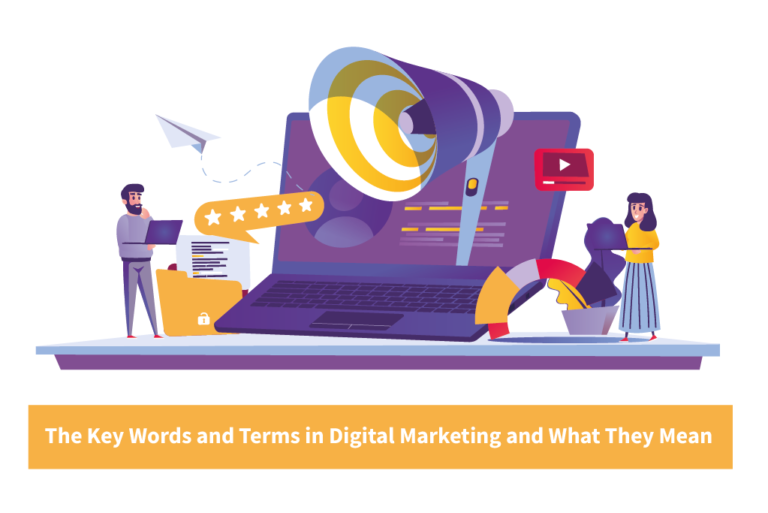There are many keywords and terms associated with digital marketing. With lots of different areas, there are terms which you may not be aware of and it is useful to know the meaning of these if you are interested in pursuing this career path. If you are interested in becoming a Digital Marketer please get in touch.
Audience Keywords
Demographics – these are factors that identify and distinguish a target population or market. Factors that are included in this are age, gender, education level, occupation, income, income class and religion.
Primary Audience/Target audience – your target audience, also known as your primary audience, is the group of people you believe have the most interest and will gain the most benefits from your products/services.
SEO Keywords
Alt Tag – alt tags are what is used to describe the image to an audience. It is usually used for those with visual impairments as it can be read out with a reader.
Directories – an online directory is a website containing a list or catalogue of other businesses or websites. Usually, they will contain contact details such as phone numbers, emails, locations and social media accounts.
Google My Business Listing – Google My Business is a free local business listing that makes your business available to those locally, both on search and maps through Google.
Meta Description – a meta description is a snippet of around 144 characters that is included in your search engine listing to give searchers a brief description of what the page is about.
Meta Tags – these are used to describe content on a page. They are not visible on the website but can be seen in the HTML code.
Organic Listings – these are listings on Google that have not been paid for.
Ranking – ranking is the position which you are showing in search results. The better ranking you are, the higher up you are.
SEO – SEO is an abbreviation for Search Engine Optimisation, which means optimising content to improve its presence on search engines such as Google.
SERP – this is an abbreviation for Search Engine Results Page. It refers to the listings which appear on the page from a search query.
Title Tag – this is part of the HTML code that specifies the title of the page. It shows up in the search results as the title of your result.
Website Keywords
301 Redirect – this is a permanent redirect from one URL to another.
404 Error – this means that the server could not find what was requested by the client and that the page they are looking for it not available.
Anchor Text – clickable text on a website that is linked to another source.
Backlink – also known as ‘inbound links’ or ‘incoming links’, they are when a website links to an external website.
Broken Links – links that are not working as they are intended to. They usually link to a source that cannot be found.
CSS –Cascading Style Sheets which are used to describe how HTML elements display on a page.
Google Crawlers –crawlers scan websites to discover information by following links. This helps determine your position on search engines.
Googlebot –this is the main crawler from Google used to ‘crawl’ your website.
HTML –Hypertext Markup Language is a coding language used to create web pages and web applications.
Java – an object-oriented programming language used to develop programmes that run on operating systems Windows, Mac and Linux, including use on websites.
JavaScript – an object-oriented computer programming language commonly used to create interactive effects within web browsers.
Keyword Density – this refers to the number of times a keyword appears on a page. It is calculated by dividing the total number of keywords on a page by the number of times the keyword shows up.
Landing Page – the landing page is the destination where the user lands on your website through the original link. This isn’t always the home page.
Micro Blog – shorter/smaller forms of blogging, usually done through channels such as social media or emails and can be done to promote products and/or services or just to talk about general topics.
URL – an abbreviation for Uniform Resource Locator and is a website address for the World Wide Web (for example https://jgw.7e0.myftpupload.com/digital-marketer/)
Google Analytics Keywords
Acquisition – where the visitors to your website originally came from/found your website link
Bounce Rate – the percentage of visitors to a website that leaves the website after only viewing one page.
Direct Acquisition – visitors of a website that came from directly typing your URL into the search bar.
Referral Acquisition – visitors of a website that came from sources outside of social media and search engines. These are usually links originating from other websites such as directories or blogs.
Sessions – a session is user interactions a visitor has with your website in a certain time frame. A session is determined by any of the following:
Social Acquisition – visitors of a website that originally came from social media
Time-based expiration – after 30 minutes of inactivity or at midnight
Campaign change – If a user arrives via one campaign, leaves, and then comes back via a different campaign.
% Exit – Google calculates this by dividing the total exits (how many people have existed your website) by the total page views to give an exit percentage.
Google AdWords Keywords
CPC – an abbreviation for Cost Per Click, it is the cost of each click an individual makes on your link.
CTR – an abbreviation for Click Through Rate. This is the total views divided by the total clicks.
Quality Score – the quality score is a way Google rate the quality and relevance of your Google PPC ads and it contributes towards your Cost per Click. It is based on factors such as
- Click Through Rate
- The relevance of each keyword to its ad group
- Landing page quality and relevance
- The relevance of ad text
- Historical AdWords account performance
Social Media Keywords
Engagement Rate – the rate at which people are engaging with your post. This is the total impressions divided by how many engagements there has been. Engagements count as things such as likes, shares, comments and clicks.
Hashtags – a word or phrase preceded by a hash sign (#) that is used to identify a topic through social media.
Impressions/Reach – the number of people that have viewed your post
Lookalike Audiences – allows you to create new audiences based on traits from other sources such as a custom audience, your website visitors or page fans. Advertisements are then targeted to similar people.
Organic Traffic – views or visits to your profile that have not originated from paid content.
Paid Traffic – views or visits to your profile that have originated from paid content.
Design Keywords
.ai – an Adobe Illustrator file
.ps – an Adobe Photoshop file
.INDD – an Adobe InDesign file
.pdf – portable document format. It is used to send an electronic document in it’s intended format.
Dpi – an abbreviation used for Dots per Inch. Used for design work to determine the output resolution of a printer.
Ppi – an abbreviation used for Pixels per Inch. A measure of the pixel density of computer, television or camera displays.
Save for Web – a way of saving a document on Adobe apps that are most suitable for use online. For example, for websites or social media. It allows users to compromise on size and quality in a way that documents will retain a good enough quality.
.png – a lossless image compression format that allows transparency. Stands for portable network graphics
.jpeg – a lossy image compression format that allows you to adjust and compromise on image quality to reduce the file size.
.gif – a lossless image format that allows both static or animated imagery.
Marketing Planning Keywords
ROI – an abbreviation for Return on Investment.
SMART Objectives – used to properly plan out objectives and goals for campaigns. Stands for Specific, Measurable, Achievable, Relevant and Time-based.


